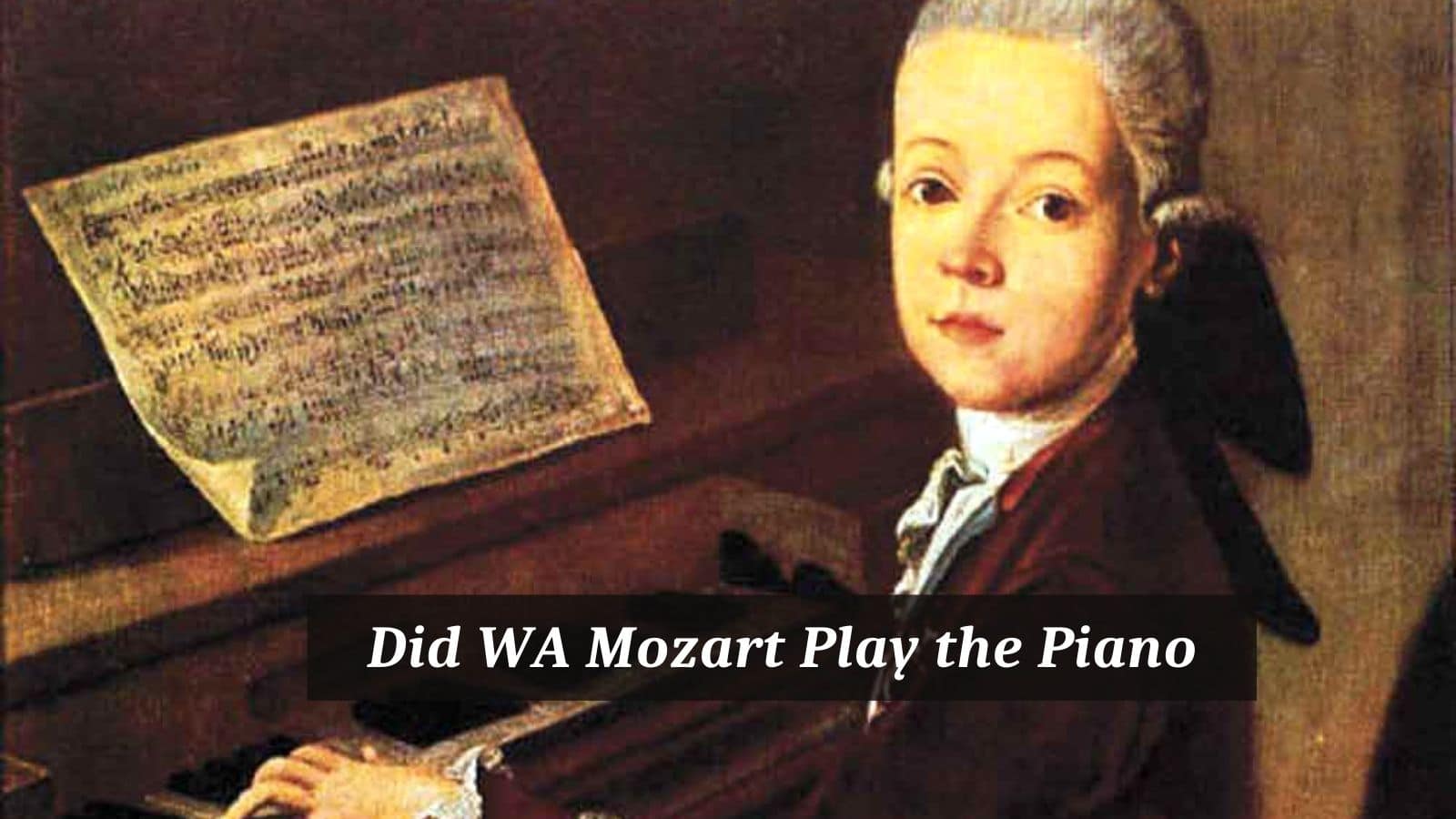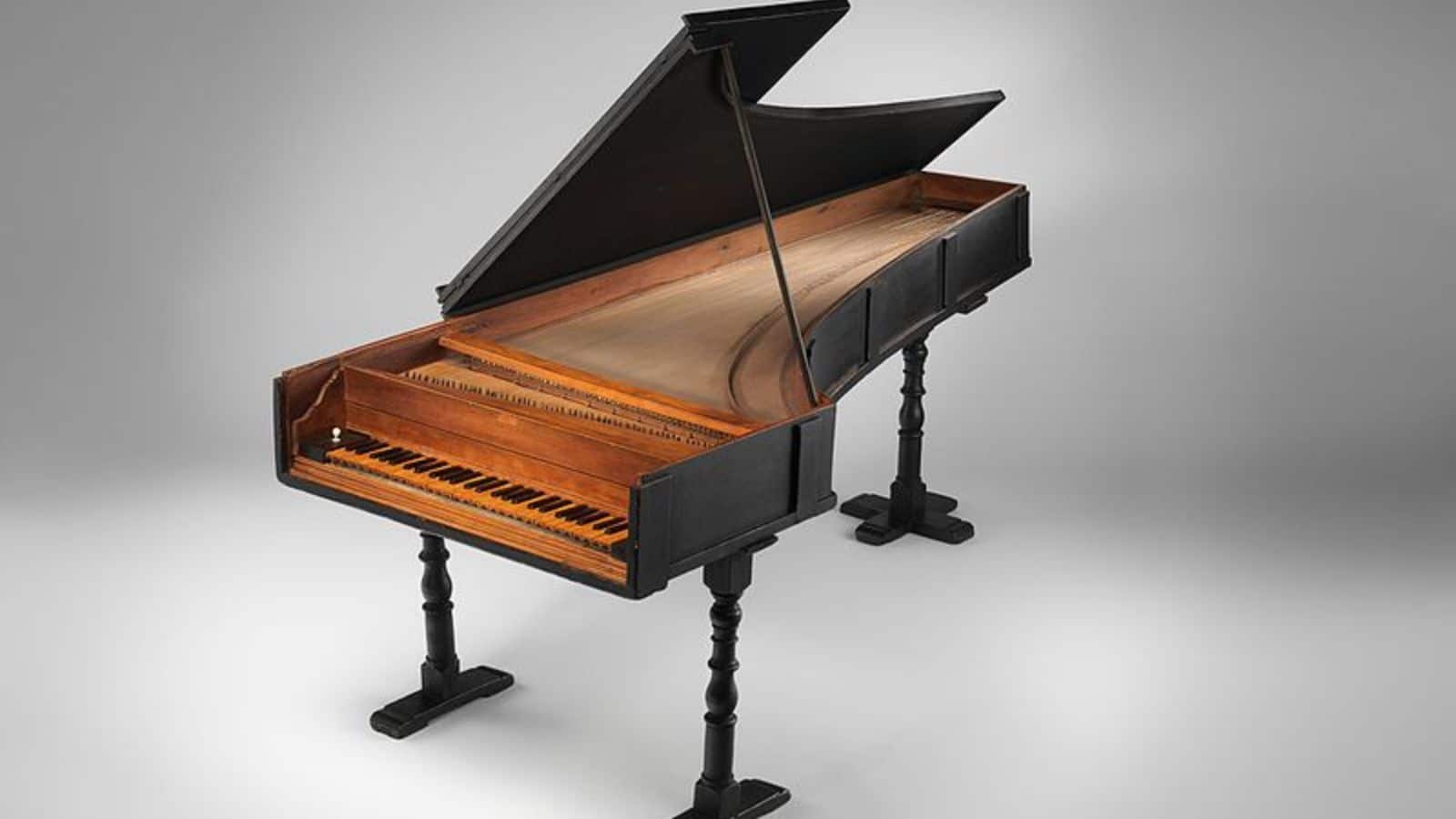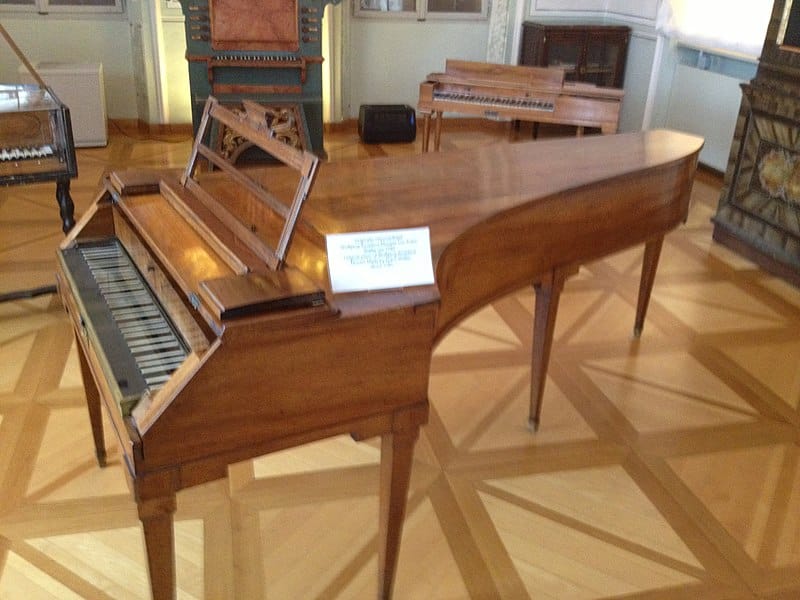
Many composers dedicate their lives to creating breathtaking, innovative, and even ground-breaking music without being renowned for their instrumental or vocal skills.
Whilst they may have a certain level of skill on the piano, for example, they did not pursue a parallel career in performing.
On the other side of the coin, you find celebrities such as Chopin, Liszt, and Rachmaninov making a highly successful careers on the concert platform. To some extent, these individuals almost composed as a side-line, an extra to their extensive careers as virtuoso pianists.
WA Mozart was one such composer who was not only a prolific Classical composer but also a violinist, viola player and pianist.
Leopold Mozart, Wolfgang’s father, was not only a very fine court musician with a sustained reputation for excellent work but also an ambitious father to his son and daughter. Wolfgang was tutored thoroughly in composition and instrumental studies by his father. He left no stone unturned.
Wolfgang’s extraordinary gifts were quickly spotted by Leopold who could see a lucrative possibility in Wolfgang’s talents. This was equally true for his sister however, being female, she was never going to be afforded the opportunities that her brother would.
Thanks to Leopold’s rigorous musical training, Wolfgang fully realised his abilities. The rest is history.
Did WA Mozart Play the Piano?
From a very early age, Mozart was highly active in his studies of the keyboard. Here is where we can unpack the finer points of this statement. I write the word keyboard, not piano because the piano is not the instrument the young Mozart started learning on.
According to several sources, Mozart loved to play the organ and was as you might expect fluently. Mozart also would have learned to play the harpsichord and clavichord before the piano.
There is a strong suggestion amongst scholars that Mozart actually preferred the clavichord over the harpsichord but the sound it produced was too weak for Mozart to include it in many pieces.
There is often the argument that Mozart could not have played the piano as they weren’t yet been invented when he was performing and composing.
It is therefore worth remembering that in Florence, Italy in around 1700, Bartolomeo Christofori (1655-1731), was busy looking after the Grand Prince Ferdinando de Medici’s harpsichords, he was also developing the first piano.
Christofori’s pianos were quite distinct from the harpsichord both in their sound and in their construction. The mechanism Christofori designed and built was complex but remarkably effective.
The developments Christofori made over the coming decades set the standard for all pianos that followed.
What was appealing about these instruments was that they had expressive qualities that the harpsichord simply did not. The clavichord came close with its ability to bring light and shade to a piece, however, the piano was worlds apart.
It took some time for Christofori’s invention to take hold. It was also a challenge for him to produce an instrument that had a louder voice sufficient to use for concertos or larger-scale instrumental groupings.
This minor deviation allows us to recognise that WA Mozart was indeed within the time period that the early version of the piano was coming into the public view.
Of course, Christofori was in Italy and Mozart was between Paris and Vienna for a lot of his life, so what was the instrument that Mozart played?
Thankfully, one of the pianos that Mozart used between 1782 right up to his untimely demise, is often housed at the Mozarteum in Salzburg. The manufacturer, designer and inventor of this particular instrument were called Anton Walter (1752-1826).
Many claim that Walter was one of the finest piano makers of his era, so it’s not surprising that Mozart had one of his instruments. Walter’s piano is broadly classed as a Viennese piano. These were noted for their incredibly fast and responsive action.
Mozart’s Walter piano is quite a different instrument from the robust giants of today. This piano is 2.23 meters long and a mere 85kg.
If you compare that to the concert grand piano that pianists are used to today it is a tiny instrument. A concert grand piano weighs around 550kg with a length of nearly nine feet.
What we know is that Mozart used this Walter piano to compose some of the most important works of his brief career. This includes his mature piano concertos amongst other hugely vital works from the final decade of the composer’s life.
Where there seems to be some controversy is the fact that Walter made some major alterations to the instrument roughly nine years after Mozart died. It would appear that the instrument that was Mozart’s piano has not remained in the state that Mozart would have played it.
It’s perhaps the closest example we can get and certainly provides a reasonable guide to how Mozart intended his late piano to sound.
The sonority of this particular early piano is quite distinct from the Steinway, Kawai or Yamaha pianos pianists enjoy playing today.
This is three performances given by musicologist Robert Levin on Mozart’s piano. It is by far the best way of appreciating the way his piano most likely sounded.
The sonatas Levin presents are without a doubt composed for piano but hearing them on the original piano is quite an ear-opener especially when one is so used to hearing them on a 21st-century piano. Not the instrument Mozart intended his music to be played on at all.
It may, in the final analysis, be up to each of you to decide whether Mozart played the piano. What we know is he didn’t play the kind of instrument we have today, his Walter piano was a world apart.
Is the Viennese instrument truly a piano or is the truth being bent slightly to satisfy an audience? What it is not is a harpsichord, clavichord or an organ.
It is viewed by many as one of the first fortepianos, to be used by Mozart. If we accept this then WA Mozart was indeed a pianist and a very fine one at that.


